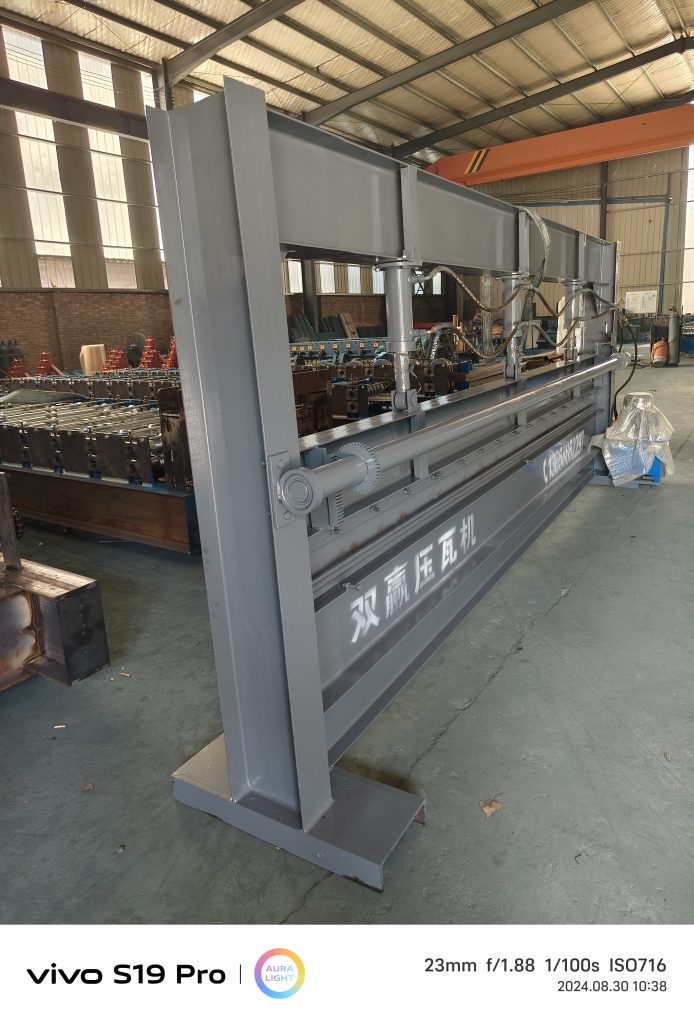
Shearing Machine
Overview:
A shearing machine is a type of equipment used for cutting sheet metal and other materials into specific shapes and sizes. It operates by applying a high shear force to the material, causing it to fracture and separate along a designated line. Shearing machines are essential in metal fabrication and are commonly used in various industries, including manufacturing, construction, and automotive.
Key Features:
- Types: Shearing machines can be hydraulic, mechanical, or pneumatic, each offering different advantages in terms of speed and cutting capacity.
- Cutting Capacity: They can handle various material thicknesses and types, including steel, aluminum, and plastic.
- Precision: Advanced models feature CNC controls for accurate positioning and consistent cutting results.
- Safety Features: Many shearing machines are equipped with safety guards and emergency stop buttons to protect operators.
Applications:
- Cutting metal sheets for automotive parts, building structures, and appliances.
- Preparing materials for further processing in fabrication shops.
- Creating custom shapes and profiles for various manufacturing needs.
Bending Machine
Overview:
A bending machine, also known as a press brake, is used to bend and shape sheet metal into specific angles and forms. This machine applies force to the material using a punch and die system, allowing for precise bends without compromising the material’s integrity. Bending machines are vital in sheet metal fabrication and are widely utilized across many industries.
Key Features:
- Types: Bending machines can be hydraulic, mechanical, or electric, with hydraulic models being the most common due to their flexibility and power.
- Control Systems: Many modern bending machines are equipped with CNC controls, enabling complex bends and repeated precision for high-volume production.
- Material Versatility: They can work with various materials, including stainless steel, aluminum, and copper, accommodating different thicknesses.
- Adjustable Parameters: Operators can adjust parameters such as bend angle, depth, and material thickness, making it suitable for various applications.
Applications:
- Creating components for automotive, aerospace, and construction industries.
- Forming brackets, frames, and other structural elements in manufacturing.
- Custom metalworking projects that require intricate shapes and designs.
Conclusion
Both shearing and bending machines play crucial roles in the metal fabrication process. While shearing machines excel in cutting materials to size, bending machines are indispensable for shaping those materials into functional components. Together, they enable manufacturers to produce high-quality metal products that meet diverse industry needs. Investing in these machines enhances production efficiency, accuracy, and overall product quality.
